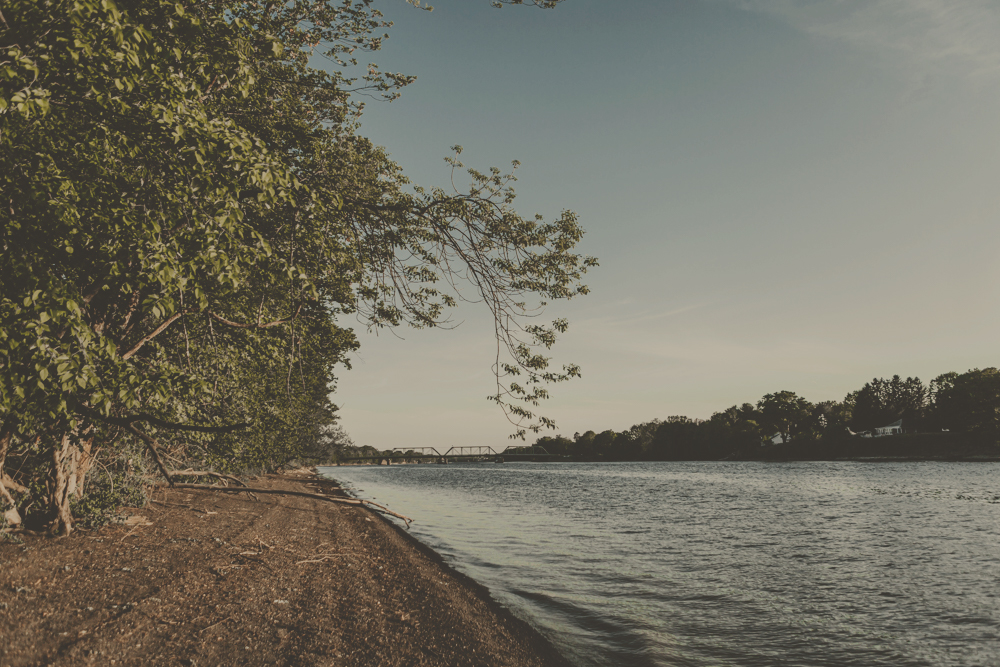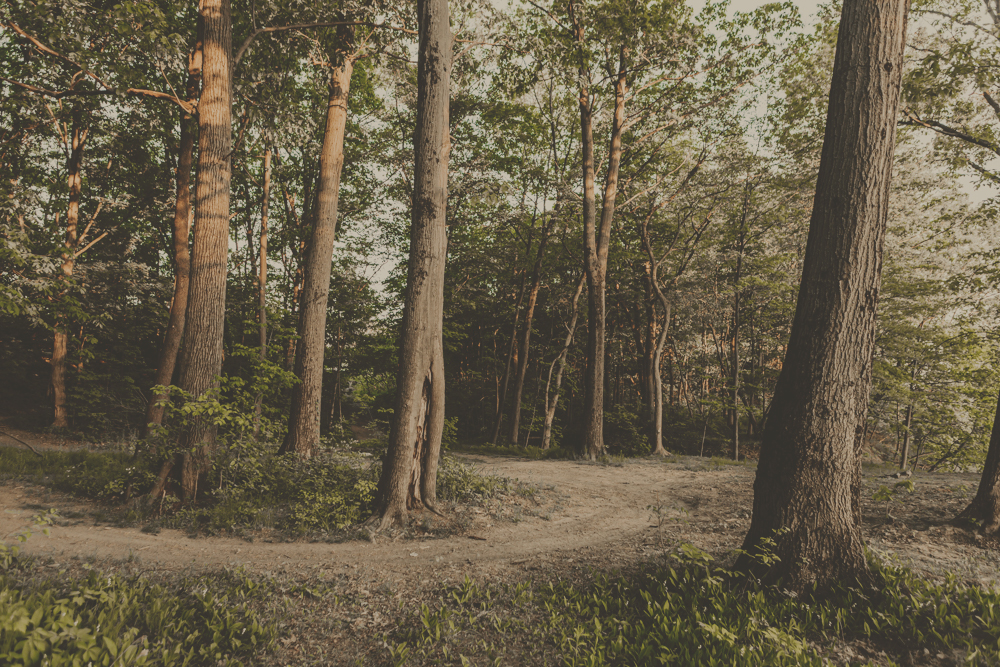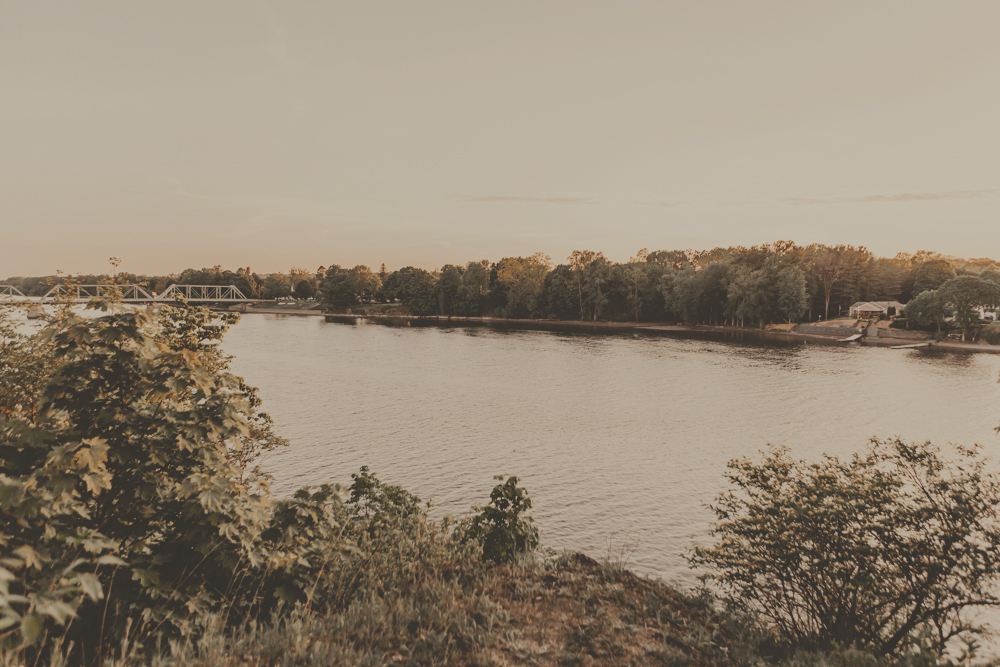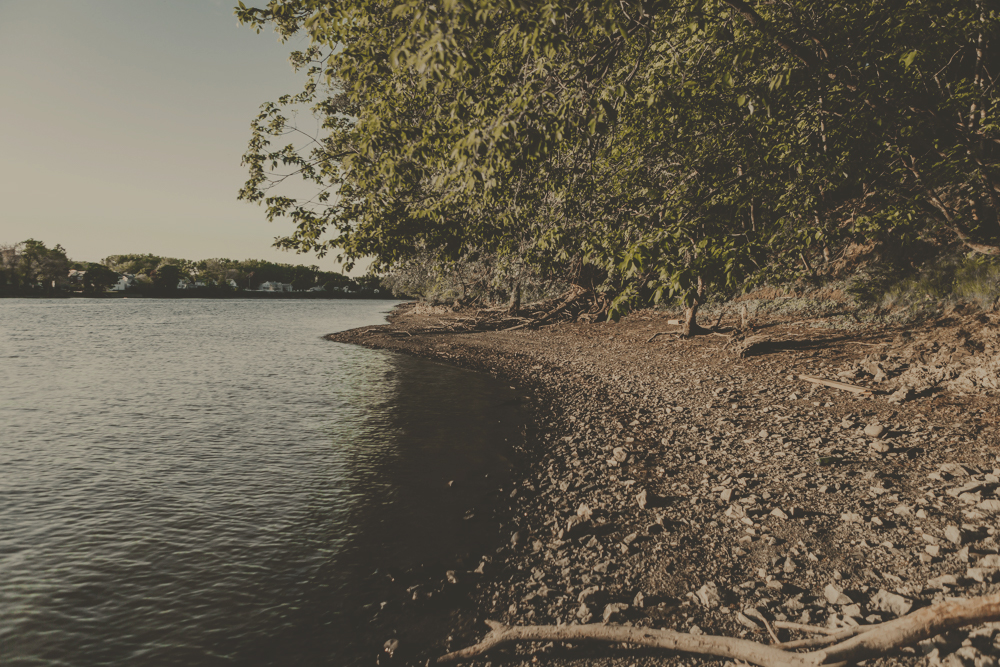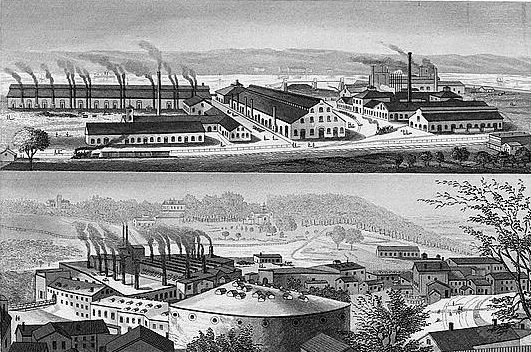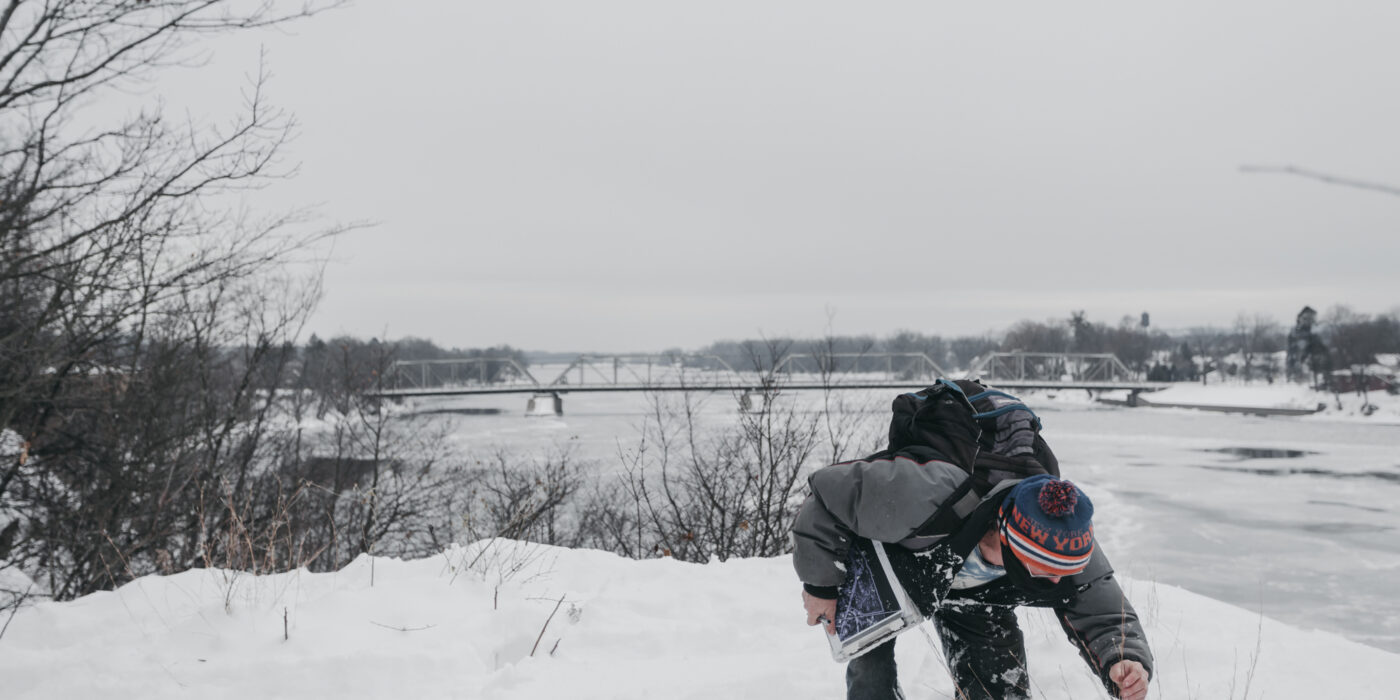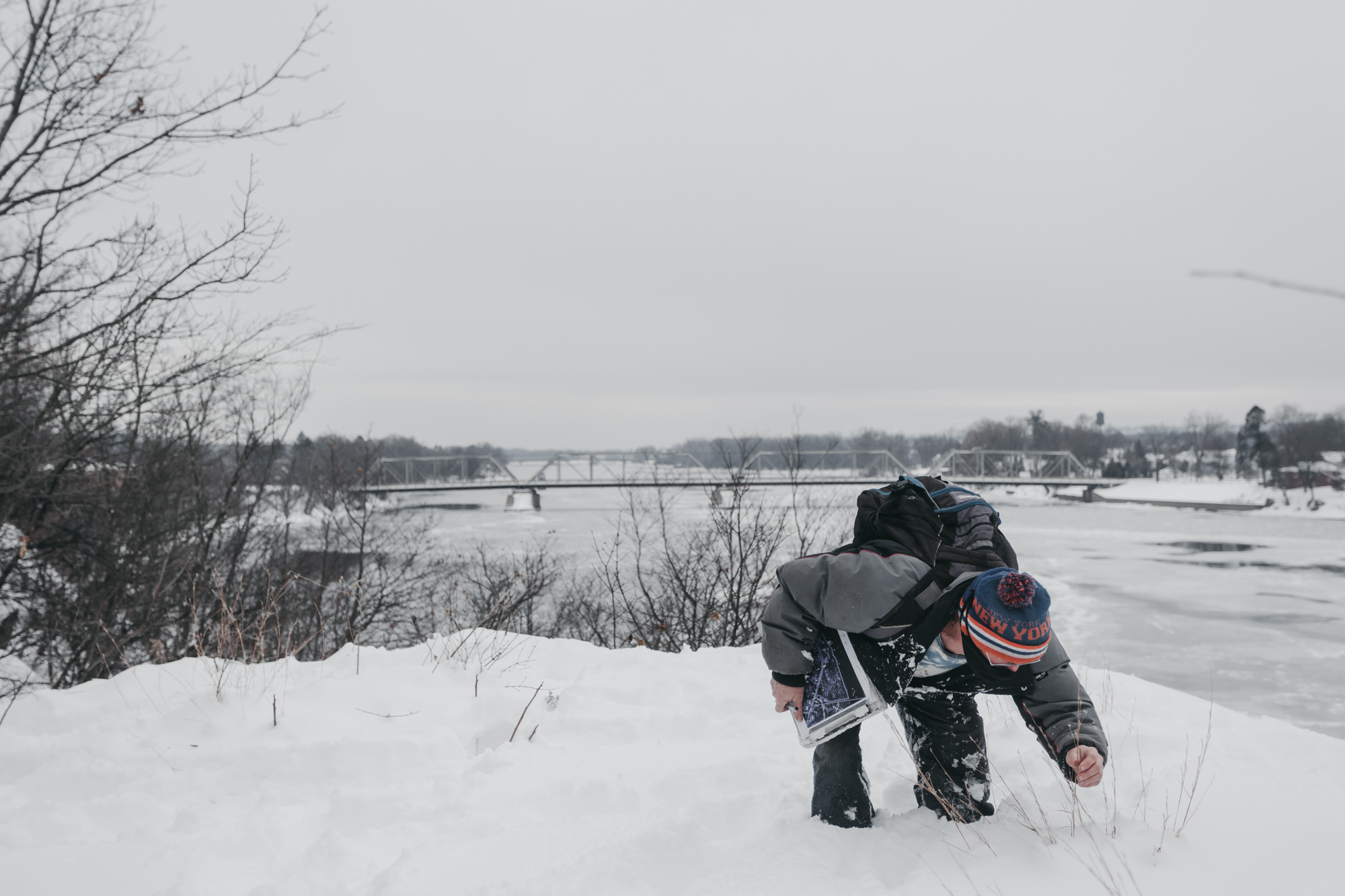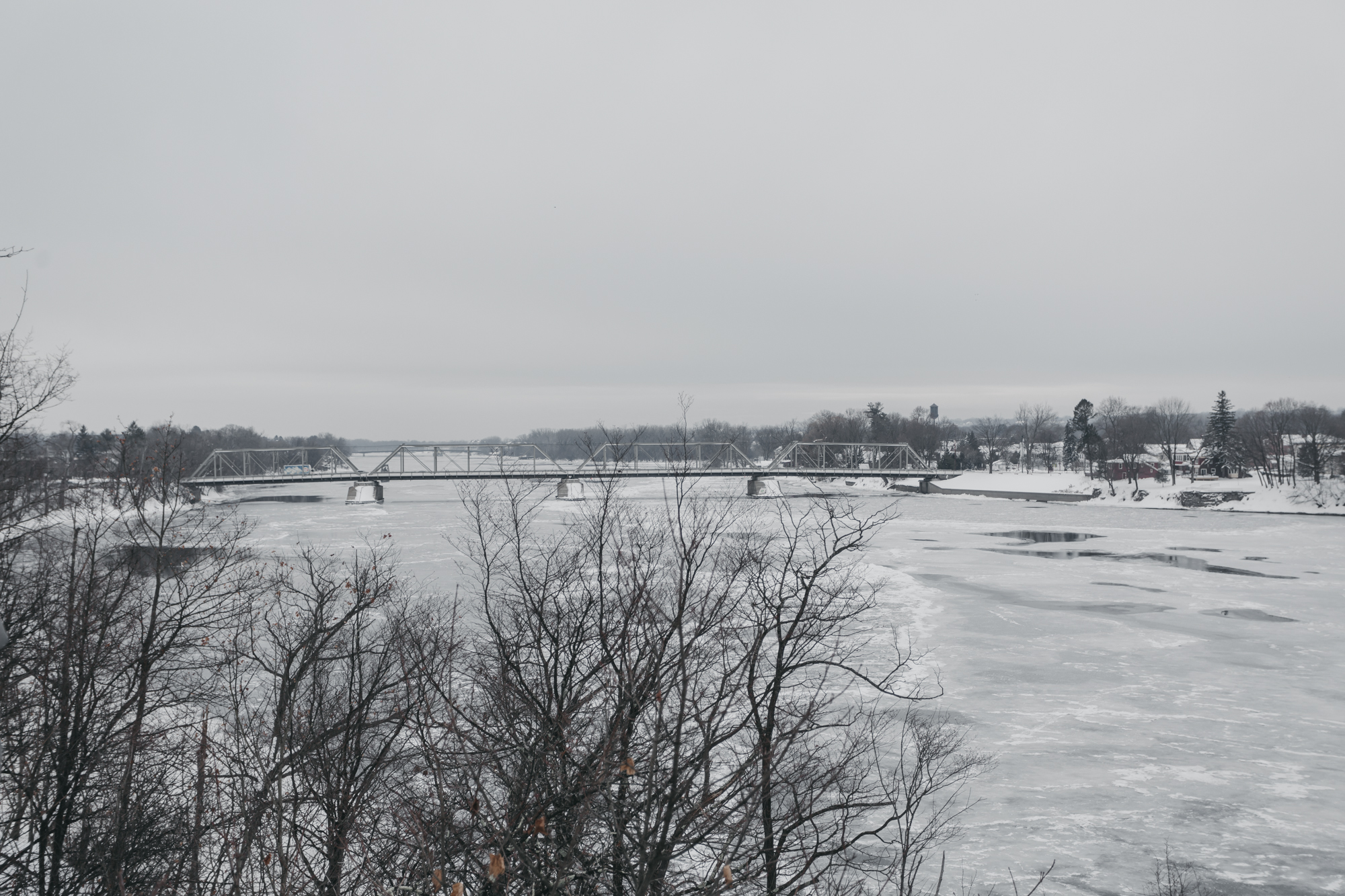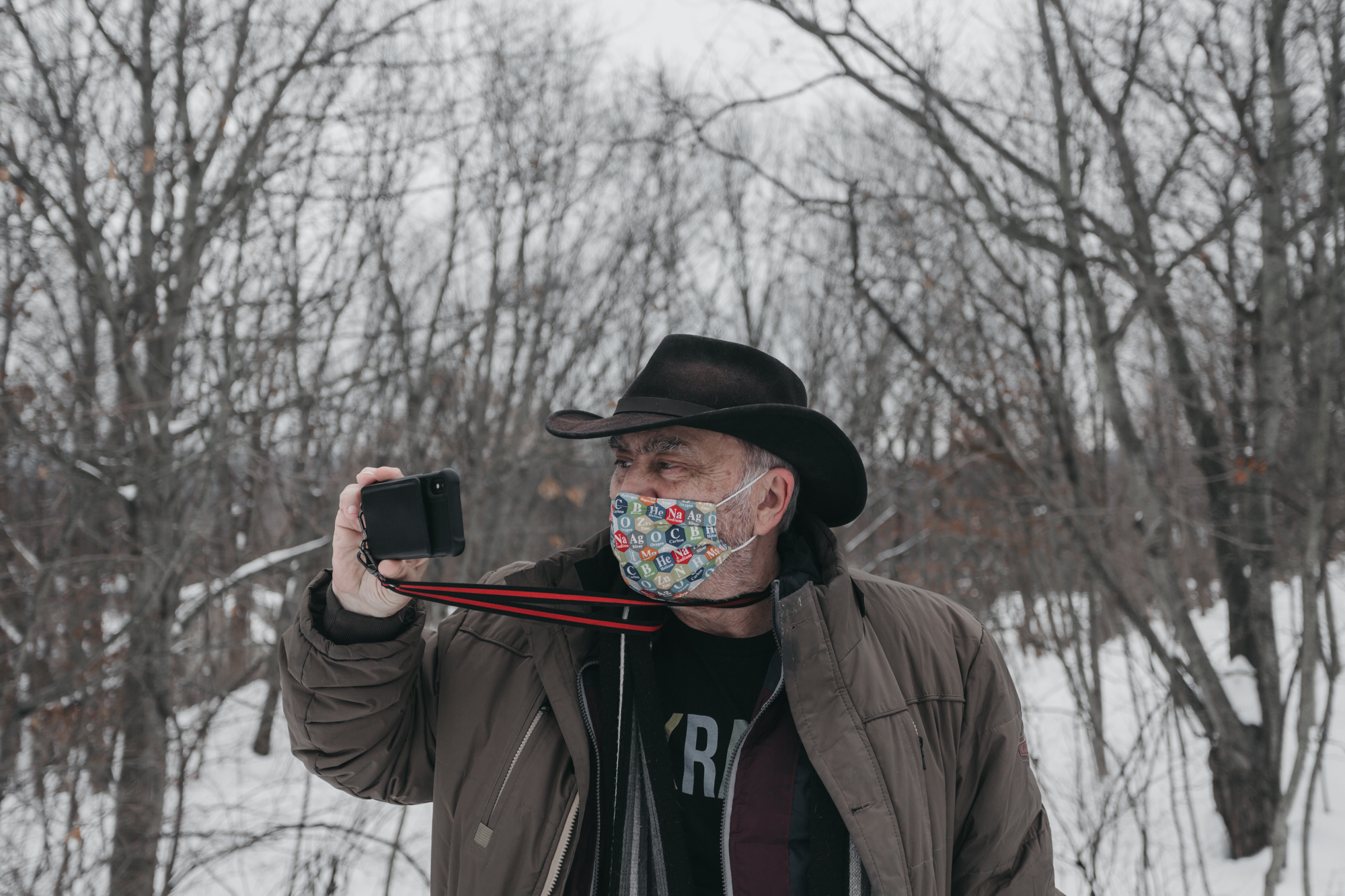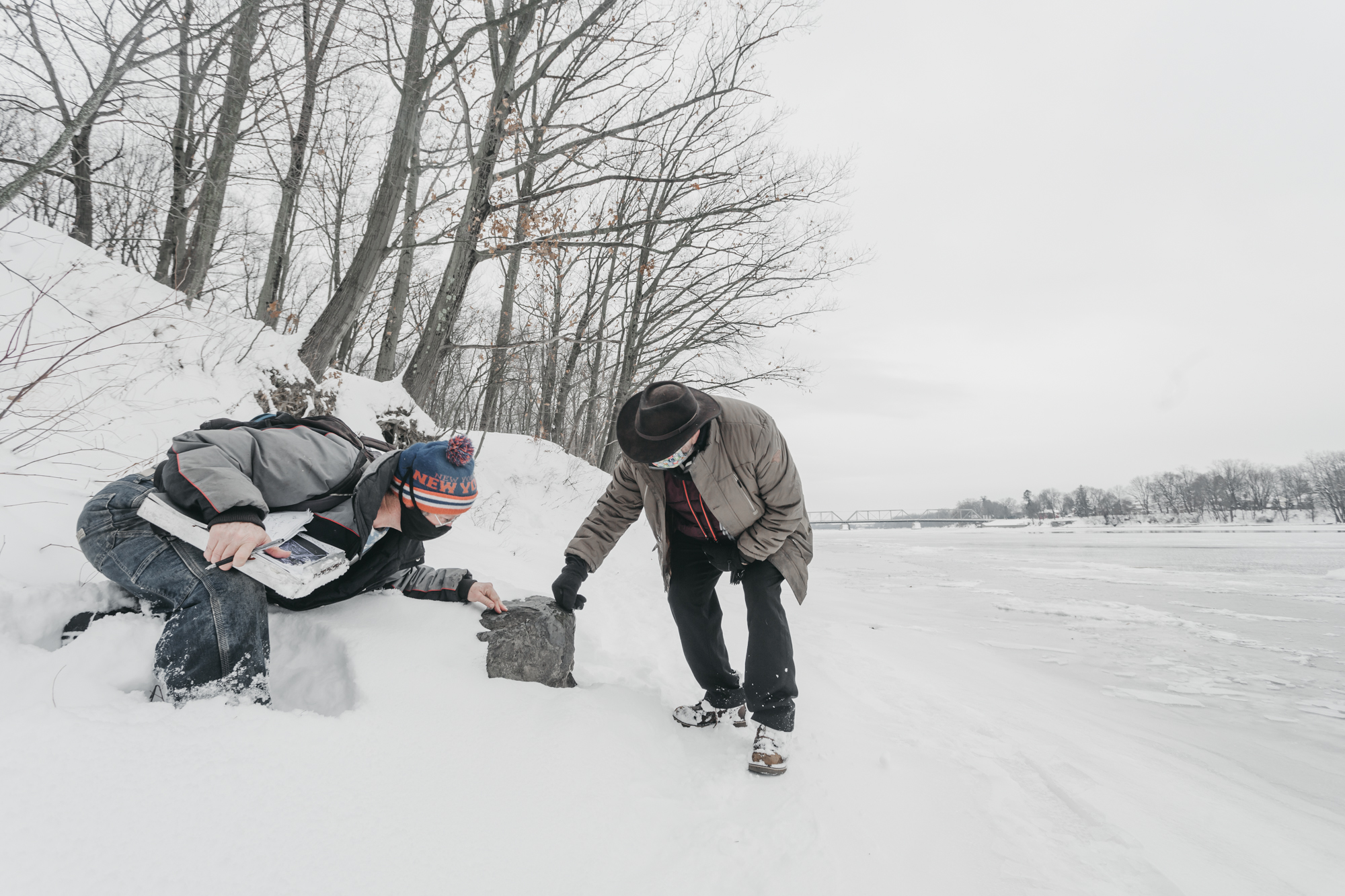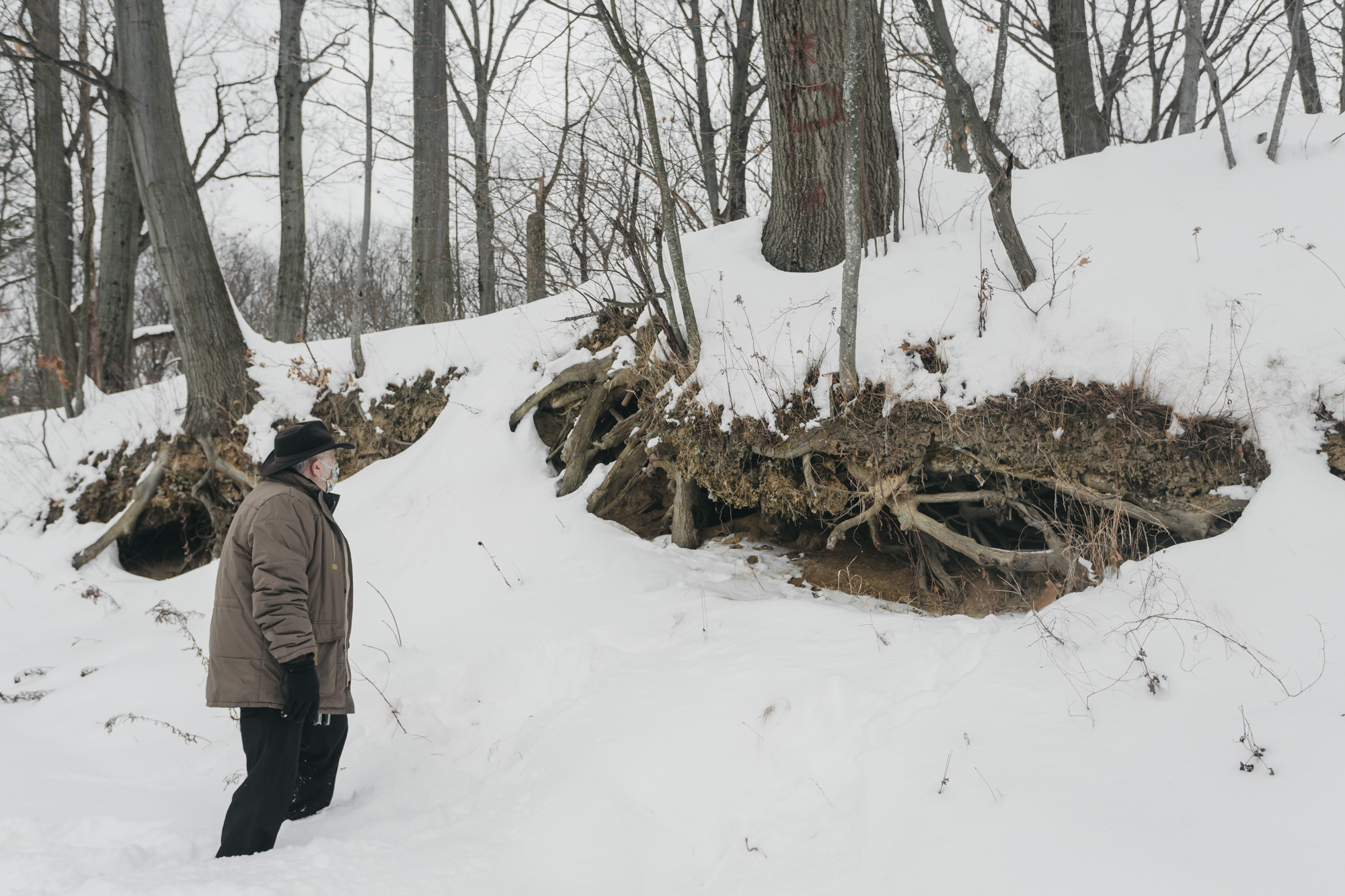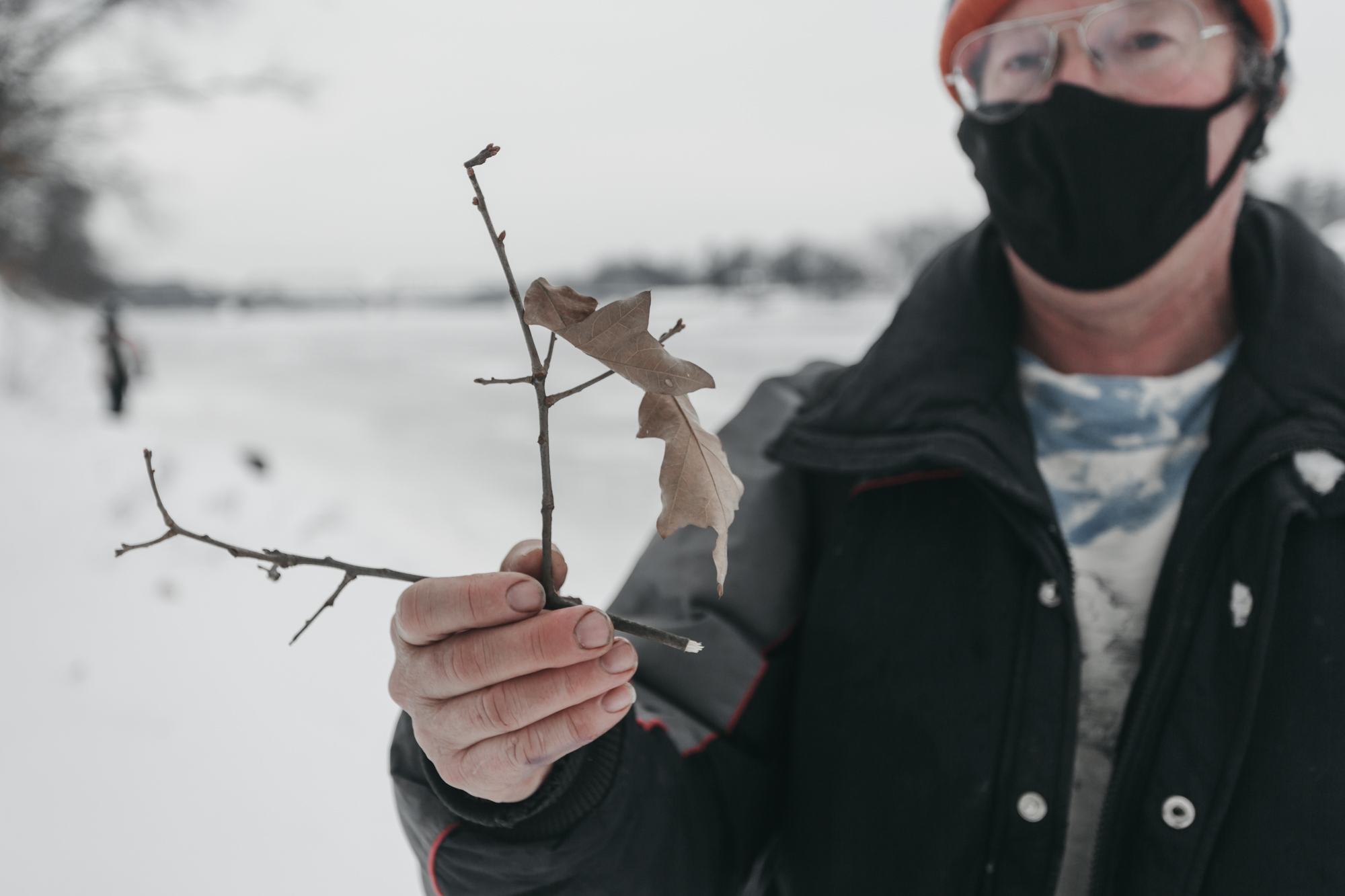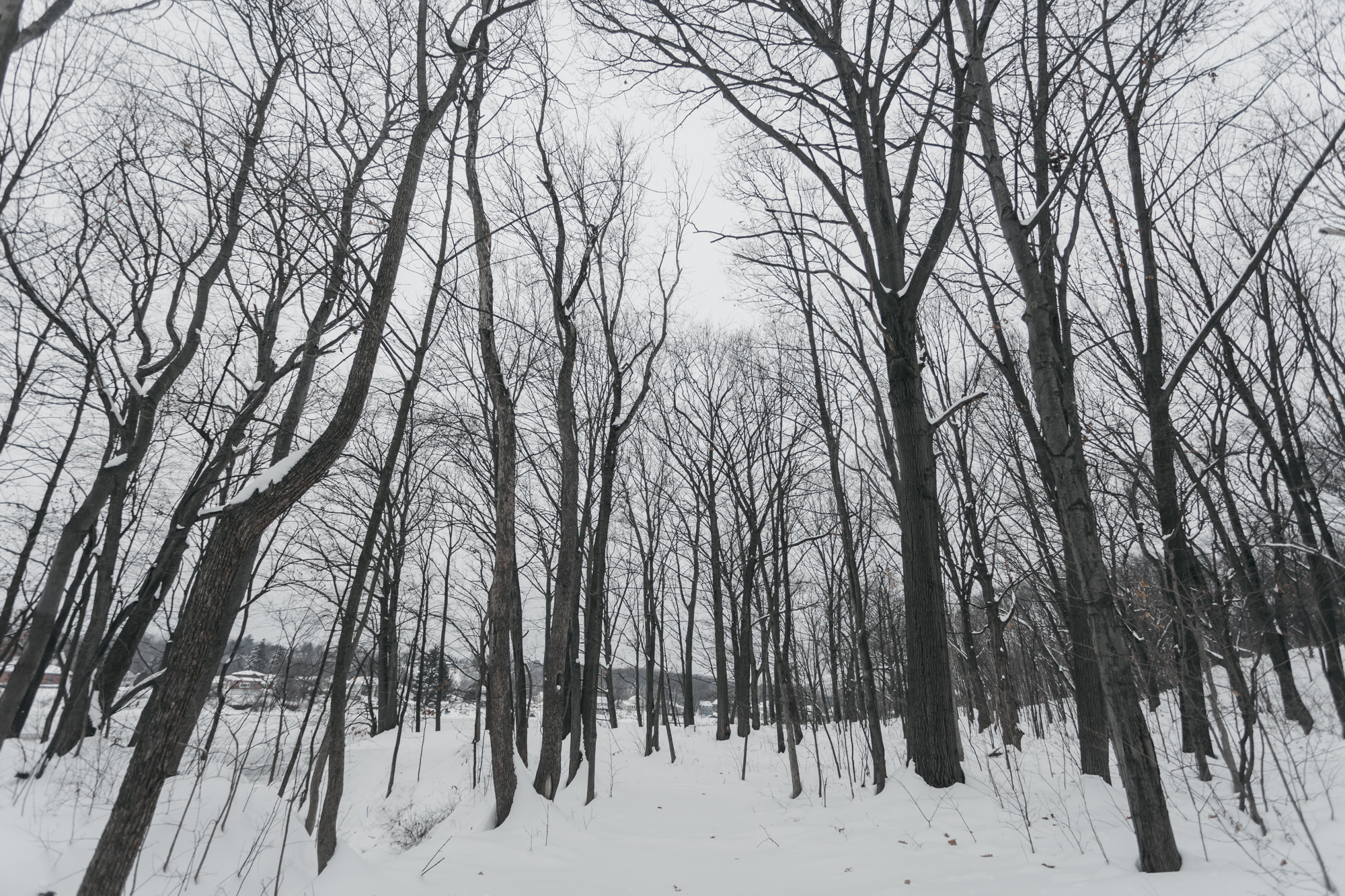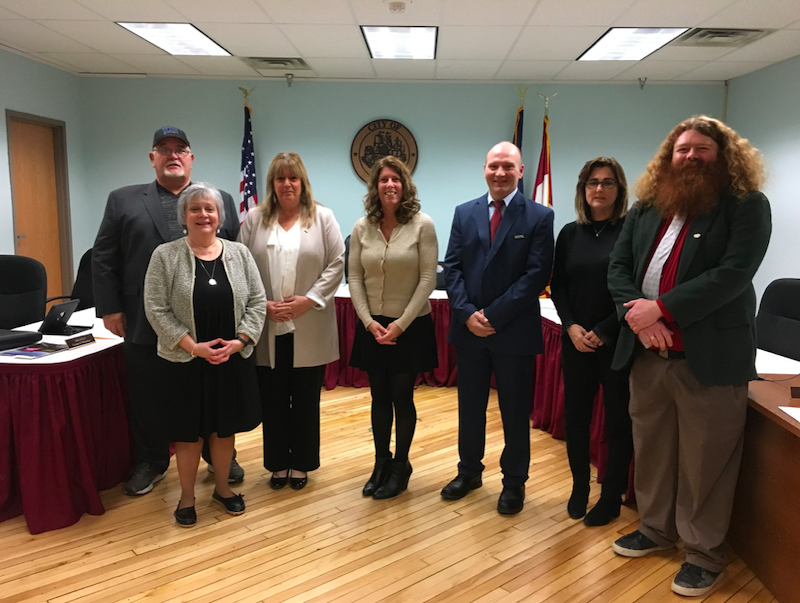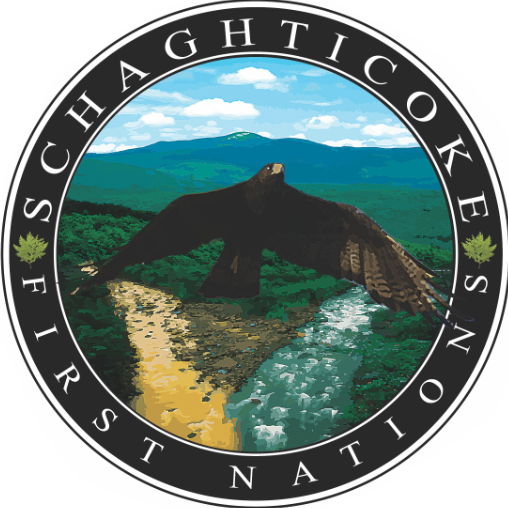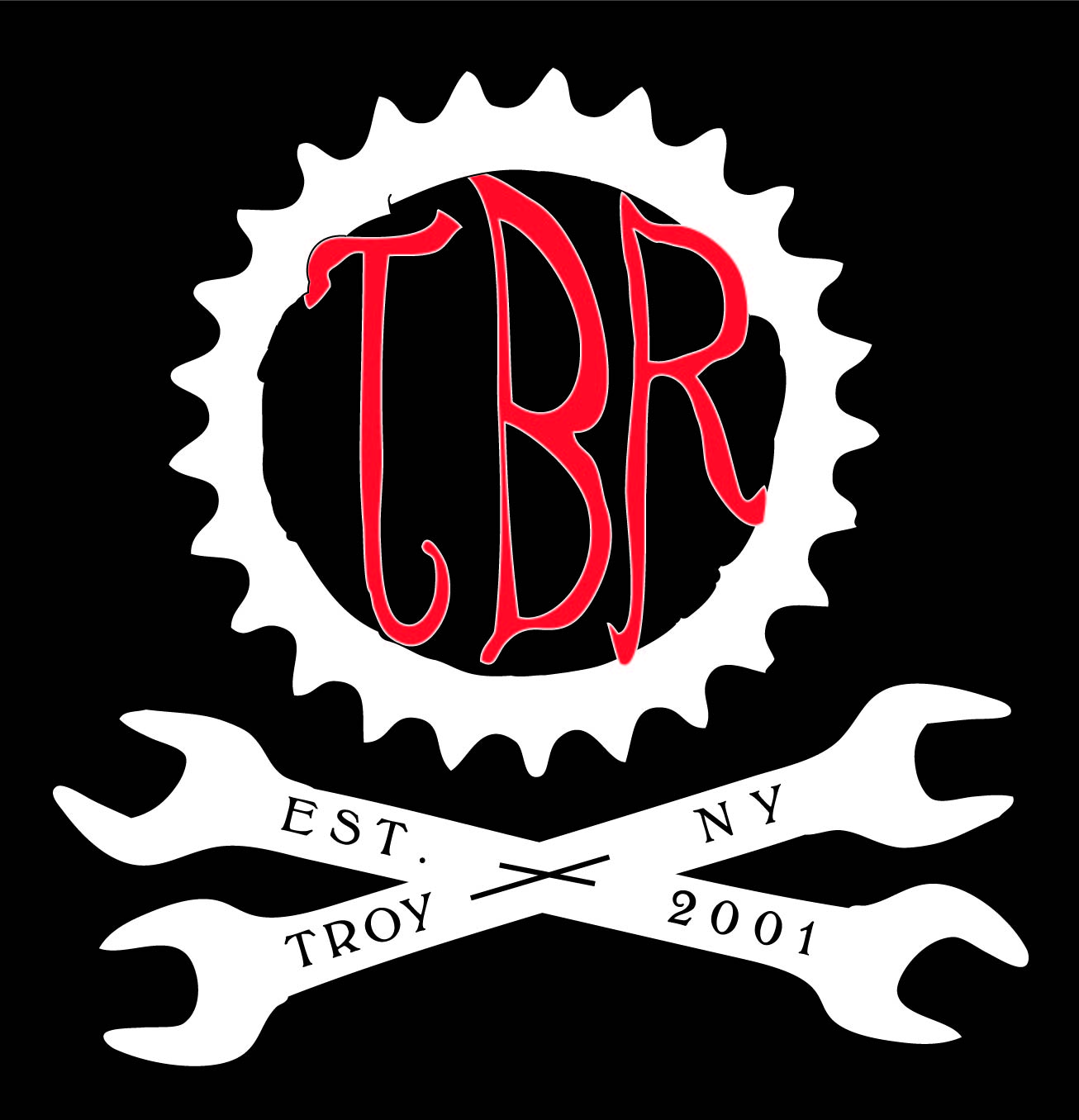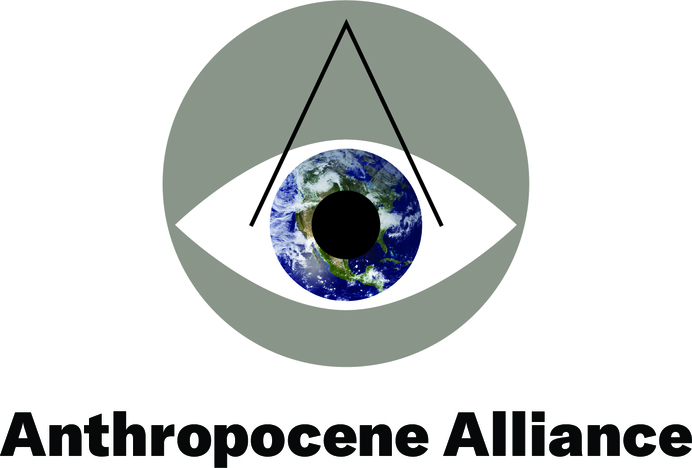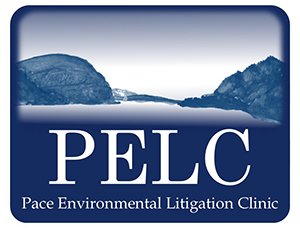Our Questions About the Historical Burden Horseshoe Factory in South Troy
Now that the historical Burden factory is in jeopardy and appears to be poised to be demolished, the Friends of the Mahicantuck seek to provide some general information to the public.
We want to preface this by saying: The current City Council has a tough decision to make. The Burden factory is in bad shape. At the same time, an alternative site is needed for a property owner to allow for the construction of the Industrial Road in South Troy.
Our group is not a historical preservation advocacy group and we do not have the expertise to assess if this property is beyond saving or not. However, we do want to share the currently available information about the current proposal, and articulate some of our own questions as the future of this property is determined.
Our main concern is that the public did not learn about this proposal regarding one of the city’s most significant historical sites early-on — which is why we seek to share some information on the issue.
BACKGROUND: The Henry Burden built horseshoe factory
The 1861 Henry Burden built horseshoe steam-powered factory in South Troy is a crucial part of Troy’s history. Between 1861 and 1865 an estimated 70% of the horseshoes used by the Union Army were made here, right in Troy.
Michael Barrett is the Director of the Hudson Mohawk Industrial Gateway. At a recent City Council meeting he described the building: “That property contains one of what I consider to be the most historically vital buildings in our industrial history”.
However, the site has seen significant neglect and is in a bad condition, including severe structural issues that are costly to reconcile. Remediation needs and potential liabilities make saving this site additionally costly.
PARALLELS TO THE HISTORICAL SACRED FOREST IN LANSINGBURGH
The City of Troy proposes to transfer the city-owned National Register eligible property into private ownership as it seeks to construct an Industrial Road impacting a private property. The land trade, according to statements during the September City Council meeting, is ought to enable the construction of the South Troy Industrial Road by facilitating the relocation of an industrial business.
This proposal comes, as the Troy City Council claims that it has no way to save a National Register eligible landmark in North Troy — the Historical Sacred Forest — because it is on private property. Advocates have long pointed to the city-owned Leonard hospital as one of many potential alternative sites for the proposed development — a potential solution that could help save a National Register eligible landmark.
How come that the City of Troy can find creative solutions in advancing an infrastructure project, helping a company relocate their operations, but apparently cannot bring the same creativity to saving a nationally important landmark in North Troy?
YEARS OF NEGLECT AND THE LOSS OF HISTORICAL TREASURES IN TROY
The South Troy historical landmark appears all but set to be forever demolished. The reasons are complex: In city ownership since 1997, this building was left to wither in the elements of nature. Today it is structurally unstable, while also severely contaminated.
After decades of neglect — since 1997 under City oversight — remediation and restoration costs are estimated to be a substantial $55 Million USD.
The City of Troy has done an outstanding job in preserving some major parts of its history, particularly in downtown Troy. The hard work of Troy’s Historical Society cannot be understated.
Yet, many other historically significant sites have been lost to development over decades of at times highly controversial council decisions, or as properties were left abandoned for decades. The neglect of historical landmarks, and their loss to development in particular, is of course particularly true for the City’s Indigenous historical and cultural resources.
Diamond Rock is a prime example where a unique Indigenous cultural site and one of Troy’s historic recreational areas was lost to construct a large-scale development. Other examples are “Uncle Sam’s house”, the raill station, the Freihofer Building. Not all those losses of historical buildings are, of course, the direct consequence of City Council decisions, and rather a reflection of city budget limitations in combination with a reliance on private initiatives to save individual buildings. Others are, however, consequences of city decisions over the course of decades.
Often, historical landmarks were lost in the City of Troy despite the hard work of the Historical Society and other historical preservation groups.
The case of the Burden site in South Troy is yet another example of years of neglect of a historical gem. However, in this case, the property sat abandoned for decades while in city ownership.
The building was transferred into ownership of the City of Troy in 1997. In these three decades of City ownership the historical landmark was left to further deteriorate into what is not a potentially lost building — and the potential loss of a piece of Troy’s role in our nation’s history.
TO BUILD AN INDUSTRIAL ROAD, MUST HISTORY GIVE WAY?
At the last general meeting of the City Council in September, this property unexpectedly (for the public) became subject of a major City Council decision.
The City pursues plans to construct a major Industrial Road in South Troy.
According to the City records, this road would directly impact a building that is currently owned a local gravel company. The firm uses that property to park their gravel trucks and conduct some of its operations out of it. In order to give way to the Industrial Road, the proposal was introduced to relocate that company to the historic Burden horseshoe factory in South Troy.
The idea in a nutshell is to relocate the gravel trucks and operation to the uniquely historical building — likely demolishing the historical structures — in order to allow construction of the Industrial Road in South Troy.
Granted, the current City Council finds itself confronted with a difficult decision. Remediation and restoration costs are substantial. $55 Million Dollars is not nothing. Also, it is not the current City Council’s fault that the property was left to the elements, making it a potential liability for the City in its current state.
However, important questions are still open and should be clarified before moving fowrad.
Importantly, we do not know based on the currently available information, what steps were taken to save this historical landmark since it is came into city ownership.
- What steps were taken to preserve this building, if any? What responsibility has the City of Troy for the current state of the property?
- What steps have the City Council and City administration undertaken to evaluate alternatives that do not lead to the demolition of this landmark, including public-private partnerships, grant-making, and partial or procedural building stabilization, restoration and contamination measures?
- Will detailed information be made available to the public regarding past property management as well as the evaluation of restoration and preservation pathways, including the analysis that assesses current costs for stabilizing the building?
As the City of Troy likely assessed these and other questions in preparation of the the current proposal to transfer the property, we think that this information should be provided to the public to better understand and support the decision-making surrounding the current proposal.
We reached out to the City of Troy about these questions and will share the information — that can hopefully bring clarity to the public — as we receive it.
WHAT WE ASK FOR IS TRANSPARENCY
The Friends of the Mahicantuck are still reviewing the currently public information. We do have questions, some of which we posted above. In our opinion, it is critical that the City Council provides the public with detailed information on the proposal, the involved parties, as well as the evaluation of alternative approaches regarding the potential preservation of this property ahead of any decision.
We are confident that the City Council has evaluated all options and simply think that this information should be made widely accessible to the public as well. Without this information, it is impossible for the public — including our group — to assess this proposal.
INFORMATION IS PUBLICLY AVAILABLE HERE:
Details on Page 33: https://www.troyny.gov/wp-content/uploads/2021/09/CCRegularAgenda090921A.pdf?fbclid=IwAR31qnqLWNtl4dSOxNSDYW1TlCGtOv0plWZwU03nS0a26aMeRaCMnlDJwTg


